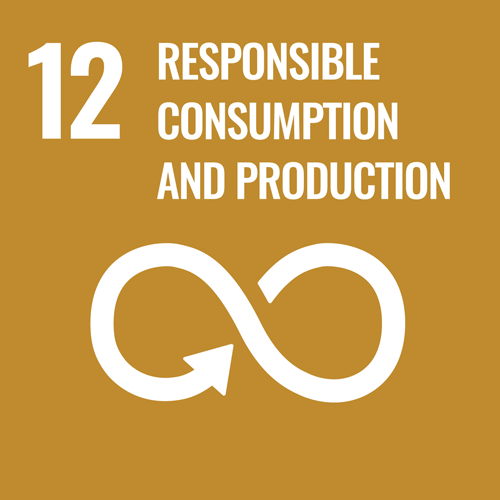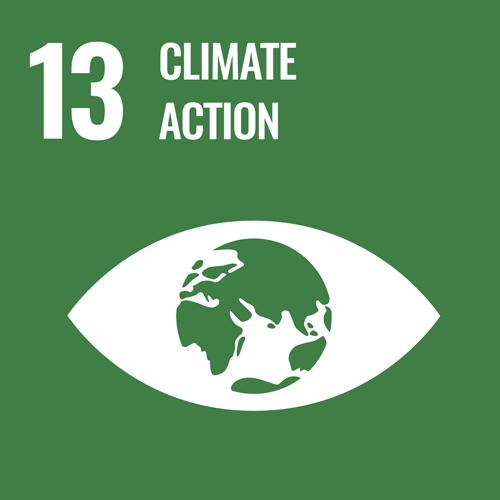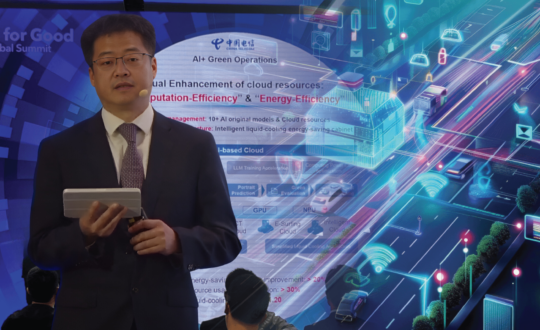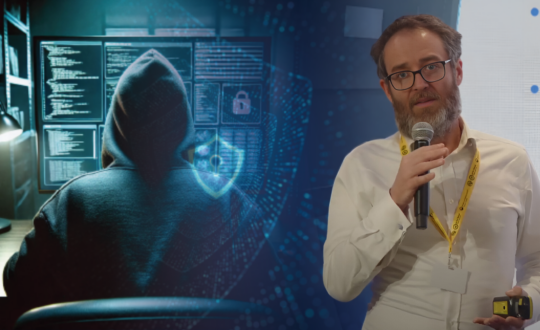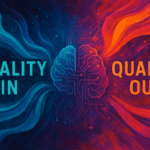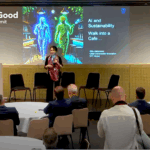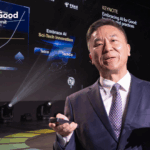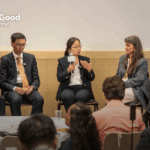Fish have returned to the canals of Venice. Villagers across northern India can see the Himalayas over 200km away. Cities around the world are recording the cleanest air on record.
As the world recently celebrated the 50th anniversary of Earth Day, COVID-19 lockdowns have shown us a glimpse of what a world without pollution could look like. But staying home is not a long-term solution to climate action – and as we slowly return to normal, so too will pollution levels.
This is where AI can help.
The AI for Good Global Summit 2020 breakthrough session on AI and the environment looked at how AI solutions can shed light on environmentally destructive practices as well as protect our planet. Panellists presented compelling and interesting applications of AI and machine learning (ML) to not just observe Earth systems, but actually put insight into practical action.
It might not be difficult to imagine what London looks like under 10 meters of water given the proclivities of British weather, but what about Montreal or Tokyo?
“I find that the main obstacle for humanity to act on climate change is the problem we have of actually imagining it and visualizing climate change, and I think that AI can help with that,” said Sasha Luccioni, Director of Scientific Projects and Postdoctoral Researcher at Mila – Quebec Artificial Intelligence Institute.
She is developing a visualization tool using existing open-source climate models to make the potential consequences of climate change visible, accessible and actionable, to help people to understand both what is and what might happen in the future.
“Our idea is to help people really realize what this means with 1.5 degrees [climate increase],” she said.
Drawing parallels with the impact of images of the hole in the Ozone layer which played a big part of the signing of the Montreal Protocol, “we’re finally at the point where we can use remote sensing and AI to make [climate change] more concrete,” she said.
For Andrew Zolli, Vice President of Global Impact and Planet Fellow at Planet Labs, visualization is just one piece of the puzzle; making data and intelligence into actionable insights for policy-makers and local leaders is largely a question of accessibility.
“We spend a lot of time talking about visualization because we’re trying to prompt people to urgency. But the reality is, for utility, what you really want to do is get the answer down to like a one or a zero. Is there a thing there? Is that deforestation or not?” he said.
Using a constellation of satellites, Planet Labs takes images of the entire surface of the Earth every day at roughly three meters per pixel. A second group of satellites can then zoom in selectively anywhere on Earth, and image multiple times a day at 70 to 80 centimeters per pixel. “We use the daily monitoring of the Earth to understand what gross level changes are occurring,” he said.
The data is being used to monitor urban growth and predict where populations are exposed to risks, such as flooding; build monitoring systems for biodiversity conservation and an ecological protection, that for example, show us the earliest signs of coral bleaching to help de-intensify human impacts; and track the carbon emissions of coal fired power plants around the world.
“We can’t fix what we can’t see,” Zolli said.
It is also being used to monitor and predict agricultural output to prevent potential famine.
“Right now, when, especially in East Africa, we’re seeing the intersection of COVID-19 plus the locust infestation creating real potential risk and vulnerability. These kinds of tools will be used in a very actionable way – in fact, they already are – to help determine how to keep people safe and make sure that they get fed,” said Zolli.
One key environmental question that panelists addressed was about the technology itself: Isn’t the immense computing power needed for deep learning counterproductive for the environment?
While there are bigger models, especially in natural language processing, that can produce a lot of CO2, “the day-to-day, more small-scale AI efforts definitely don’t produce that much,” said Luccioni.
She is creating a downloadable tool that tracks and calculates machine learning energy consumption and translates this into CO2 equivalents to raise awareness.
RELATED: Join the Global Initiative on ‘AI and Data Commons’
Zolli pointed to larger efforts to improve the energy efficiency of data centers and compute centers using AI – highlighting that Google’s DeepMind successfully reduced their energy consumption for cooling their data centres by 40 per cent.
“One of the things to see is that at an industrial scale – lowering the cost, improving the energy efficiency of AI – because both renewable solar energy and the computing architectures themselves are becoming broadly speaking more energy efficient and more powerful over time,” he said.
The panellists were optimistic about the future of an AI-enabled environment.
“This is the foundational insight that can be used for new forms of climate risk insurance or new realms of climate risk financing, or even for communities to advocate for their own climate rights and for climate justice,” Zolli said.
Luccioni agreed: “I’ve always seen AI and machine learning as another frontier… [for] actually developing new solutions that can take us forward to that sustainable future.”
But it is not just a case of having the technology; implementing AI solutions relies on data – something that on-the-ground NGOs may not have ready access to.
After approaching NGOs in Montreal to help them develop AI-led solutions, she realized that there was a fundamental flaw in her plan: “Most of the answers we got was: ‘what data? Can you give us lessons on how to use Excel, or how to set up a management system for our inventory?’”
As such, Luccioni advocated for close working partnerships between fieldworkers and AI experts in order to create AI-led solutions.
“Maybe five years down the road, we’ll be ready for that, but now, we should start doing tutorials about what data is and how it can help,” she said.




